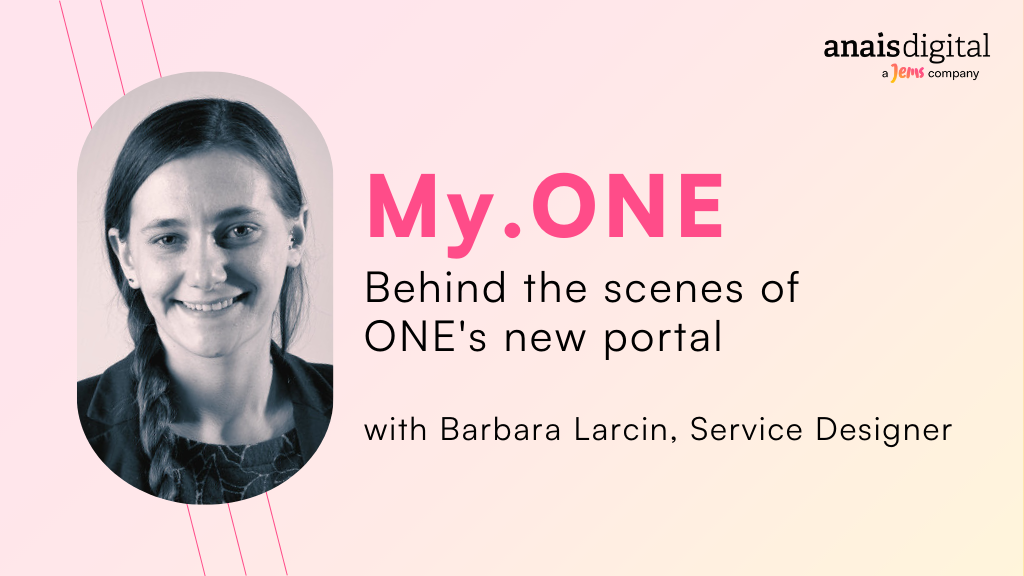
The importance of user experience (UX) in business is undeniable. According to McKinsey, those who effectively integrate UX see a significant increase in revenues and shareholder returns.
But how do you know where to start? A UX maturity questionnaire is a crucial tool for assessing and improving an organization’s UX practices.
Understanding and mastering the five key aspects outlined in this questionnaire can radically transform a company’s bottom line, optimizing its products and services to effectively meet users’ needs and expectations.
Here are the five key aspects of this questionnaire and their impact on performance:
1. Budget
Importance: Investing in UX is crucial for improving the quality of products and services. Companies that allocate a dedicated budget to UX often see a notable improvement in their performance.
Diagnostic: In organizations with a low level of UX maturity, designers often believe they can rely solely on their own user experience to design products. Those with a bit more maturity tend to focus only on ergonomics, having basic awareness but lacking deep expertise.
Opportunities: To progress, these organizations can start investing in UX training for designers and developers or hire external consultants. A more substantial budget allocation allows for the integration of UX into multiple project phases.
2. Strategy
Importance: UX must be aligned with the overall business strategy. A well-defined UX strategy, incorporating processes based on design thinking principles, can lead to superior results.
Diagnostic: Initially, UX is often seen as a separate process. Organizations begin to recognize the importance of including user research, testing, and ideation sessions in various project phases.
Opportunities: The organization can demonstrate qualitative results by integrating these practices into more projects. It becomes essential to appoint someone responsible for UX within the organization.
3. Skills
Importance: The UX skills of the staff determine the quality of the solutions offered. Well-trained teams are essential for creating exceptional user experiences.
Diagnostic: A mature organization begins to measure UX with KPIs. UX processes become known and integrated by everyone, often thanks to a centralized UX team or a hybrid model.
Opportunities: Investing in continuous training and appointing dedicated UX leaders can transform the effectiveness of teams.
4. Orientation
Importance: A user-oriented company creates products that are more aligned with the real needs of users.
Diagnostic: Organizations evolve from a technology-driven approach to a true user orientation, integrating UX processes at every stage.
Opportunities: Adopting a user-centered approach promotes innovation and customer satisfaction.
5. Project management
Importance: Effective project management integrates UX from the beginning. User-centered projects perform better.
Diagnostic: The most mature organizations manage user experience as they do other departments, with clear KPIs and well-established processes.
Opportunities: Use agile and iterative methodologies to constantly include user feedback. Anaïs Digital offers a UX project canvas model to guide teams through the essential stages of planning and implementing UX projects. This canvas covers participants, objectives, users, user benefits, activities, deliverables, risks, milestones, constraints, scope, motivation, and project completion criteria.

Conclusion
By effectively integrating these five aspects into their processes, organizations can not only enhance the user experience but also gain a significant competitive advantage. Investing in UX is not just about aesthetic design but a powerful strategic lever for growth and organizational sustainability.
The UX maturity questionnaire is essential for diagnosing and improving UX practices. Combined with the support of Anaïs Digital and the use of our project canvas, you can transform your UX approach, optimize your products and services, and maximize user satisfaction.









